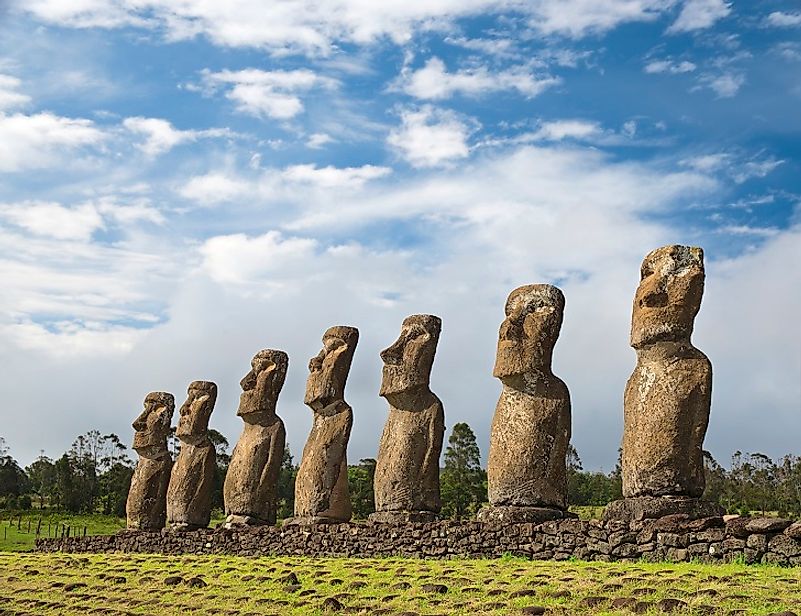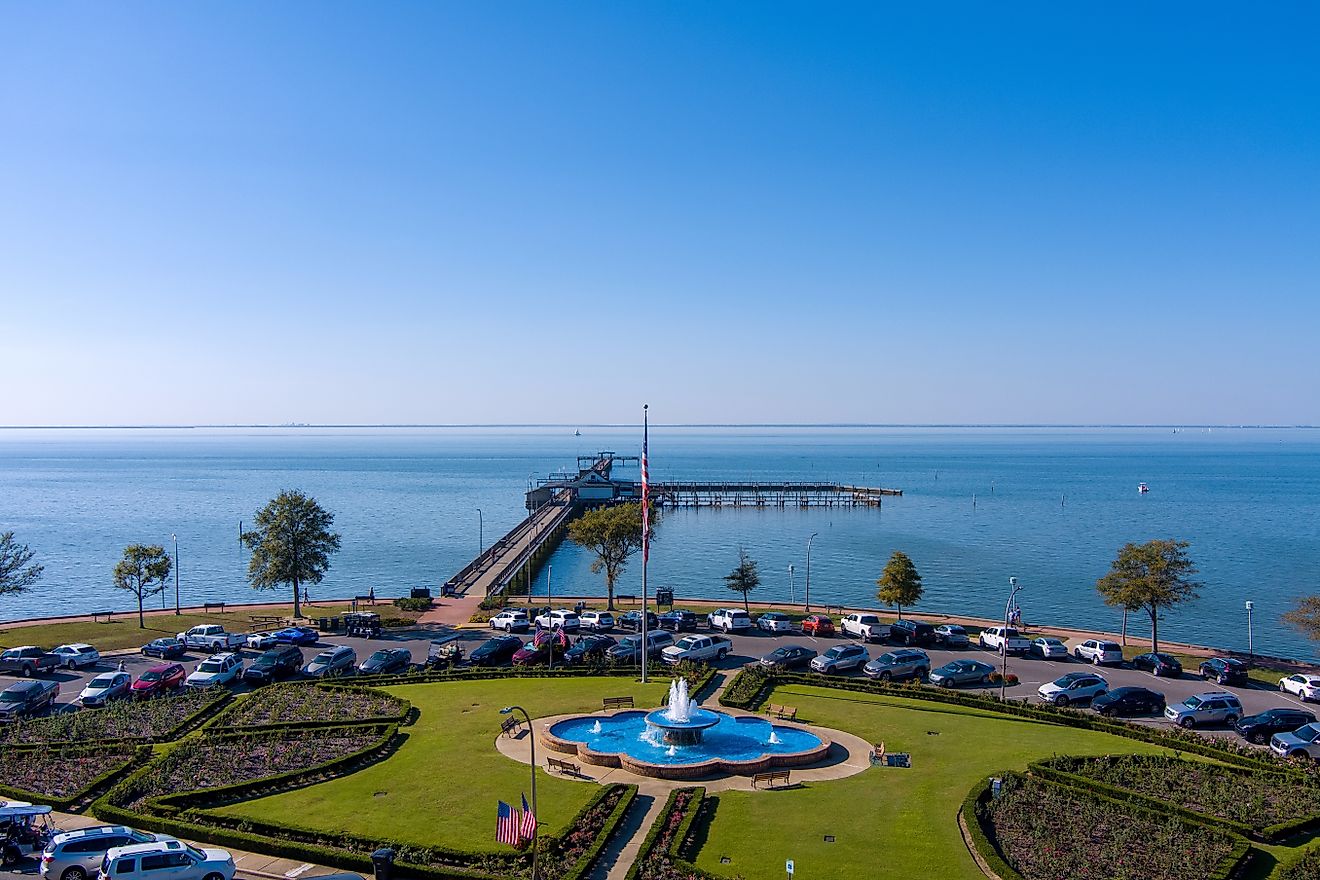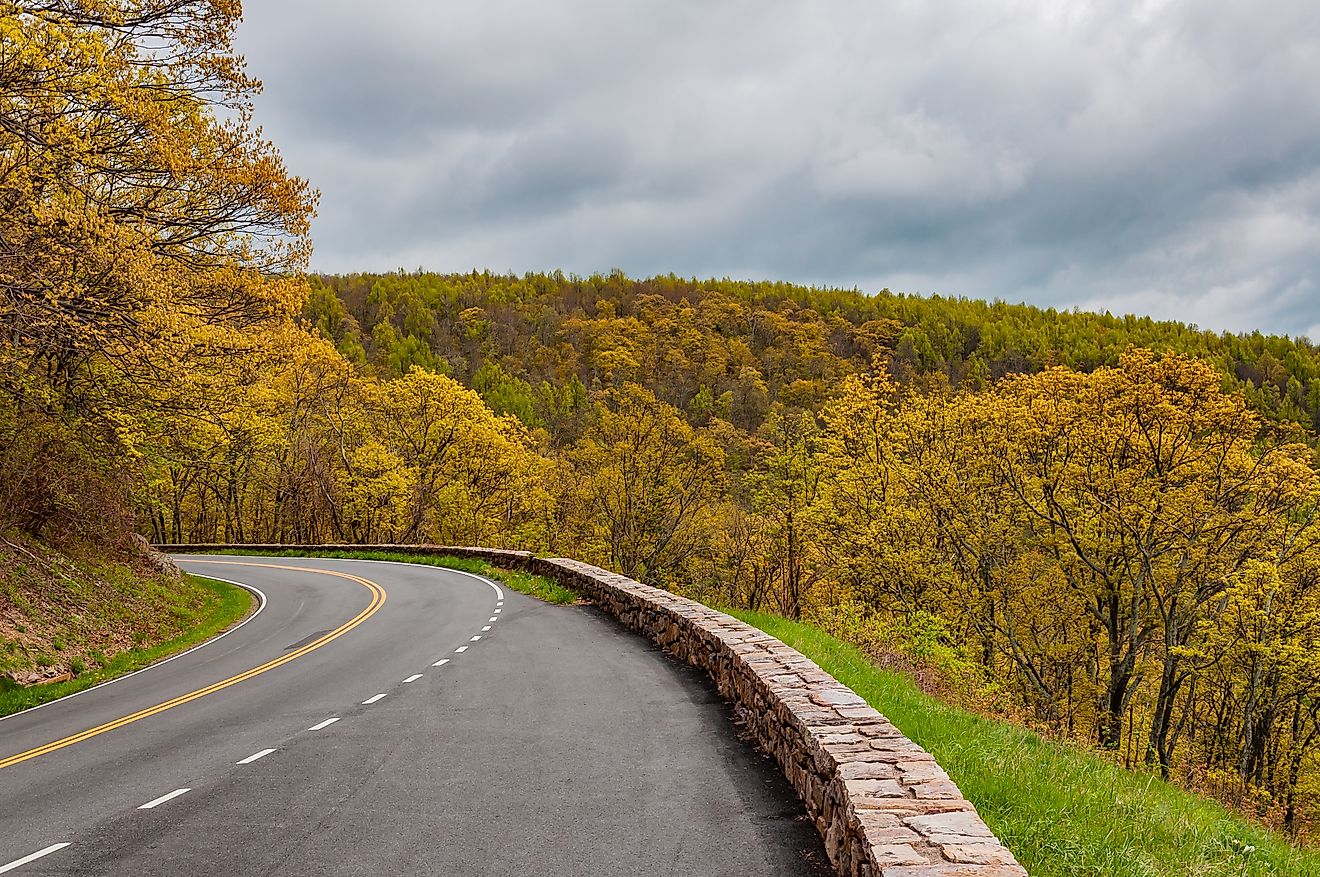The Mystery of Easter Island

Easter Island is a Chilean possession in the Pacific Ocean, and the furthest southeastern point of the Polynesian Triangle, which also includes Hawaii, New Zealand, Rapa Nui, Tahiti, and Samoa. Easter Island covers a land area of roughly 65 square miles. Staying remote from whole world at 3,700 kilometers (2,300 miles) from the coast of South America and 1,700 kilometers (1,100 miles) from the nearest neighboring island, the ancient civilization of Easter Island had created more than 800 unique monolithic sculptures known as Moai. Many civilizations through the centuries have left their own sculptural and architectural monuments, but the inhabitants of Easter Island, the Rapa Nui people, carved these stone figures with their purposes still not clearly identified yet, and their metrical facts remain unexplained to the present date. At a pretty far distance from the coastline, deep into Easter Island, the place called Rano Raraku was once a stone workshop, with the main moai quarry nearby which served as a source of material for the statues. Many unfinished giant rocks assembling the characteristic moai faces were also left concentrated in the area in and around Rano Raraku, where primeval stone processing tools have been found as well. The contours of the unfinished statues used to be drawn directly onto the stone walls, and punched until the sculpture's body was taken away, leaving the niche of the form of a recessed moai.
2. Historical Role
Easter Island was first populated by Polynesian settlers over the course of the First Millenium CE. This event largely coinicded with the Polynesian settlement of Hawaii. During the age of European colonialism, the island was discovered by European explorers who badly mistreated the residents of Easter Island and introduced them to disease. As a result, the island's native population dropped to around 20% of its early 18th Century numbers by the dawn of the 19th Century.
1. Modern Significance
If there is a ranking of the ancient statues that have survived centuries upon centuries of weather and war, the Egyptian sphinxes and statues of Easter Island would definitely fight for the right to be among the leaders of the list. In the virtual tourism world, web resources abound showing these two historic monuments, which are known more for personifying living creatures than the natures of their constructions. As such, they have gained preference among tourists from around the world. The Sphinxes become a favorite subject of worldwide cinema, and have received hundreds of interpretations, but the popularity of the Moai of Easter Island is not so easy to explain. All Moai monuments have many common characteristics, such as pursed lips, exposed chins, and deep-set eyes, but the overall expressions of them do not give the impression of a grandeur that would be noticeable in the sculptures of warriors and rulers of past ages from other places. Pride is seen therein, but surrendered to the common perception of life. While the hierarchy is noticeable, it is pretty much the same of role distributions in a Kindergarten setting. Many also have cute caps, decorating only the most dignified of Moai heads. These comical yet serious creatures are there not to be afraid of, but rather to find fascinating, pushing a desire to know the history of these unique works of art. Another decoration of the moai was a headdress known as a pukao, which was made of a lighter red stone. It was processed separately from the rest of stone sculpture and suggested a further status to the moai.
The evidence of pukao, as well as the evolution of the sizes of the statues through the years, tell us a great deal about the competitive spirit present among the leaders of this ancient society. Indeed, the later a statue was built, the more the moai constructors tried to make them higher and more massive. One unfinished moai had a proposed height of about 20 meters. At some point, which is often associated with the arrival of the colonizers on the island, the production of these moai completely stopped. Inhabitants' sketchy verbal evidences report the reductions of the Easter Island population toward the end of 17th Century, leaving secrets behind regarding the destination and interpretation of moai. The heads of moai are their most remarkable feature, and sometimes the ratio size of the head is three-eighths the size of the entire statue. A characteristic feature of all of the statues is a particular expression of the lips, and a converted upward angle of the chin. These elements show a certain degree of arrogance and pride being balanced with simple, even primitive, expressions on the rest of the faces. Found in other parts of Polynesia, the sculptures of human faces dated between the 13th and 16th Centuries were minimalist, but always were seen carrying shades of mood which can still be grasped by contemporary Western viewers. Much less attention has been paid to the rest of the body, except for one kneeling moai. All sculptures, however, were set on stone platforms, which steadily further sank underground. Therefore, the most common name by which these sculptures are referred to is that of the "Easter Island Heads".
Out of 887 moai found on the island to date, only 53 were made of basalt and red scoria, while the rest were made of tuff, a much softer volcanic rock. Scientists claim that the stylized figures were created to perpetuate the height of ancestral status in social hierarchy. When Rapa Nui moved the moai to the coast, in most cases stone giants were facing into the island, with their backs out to the sea, which is likely to mean that the stone ancestors were to protect the islanders from the troubles of the vast and unpredictable ocean. Fragments of fossilized pigments found in proximity to many of the statues indicate that parts of the faces were painted and thus remained clearly visible from a distance. One of the statues, which is now housed in the British Museum, has a set of clearly traced, colored eyes. Over the years, these enormously heavy sculptures sank further into the ground, and European explorers in the 20th Century often could see only shoulders and heads on the figures. Their excavations revealed that many of the figures dug from the underground had been endowed with engraved patterns resembling a form of tattoos on their backs and arms.











